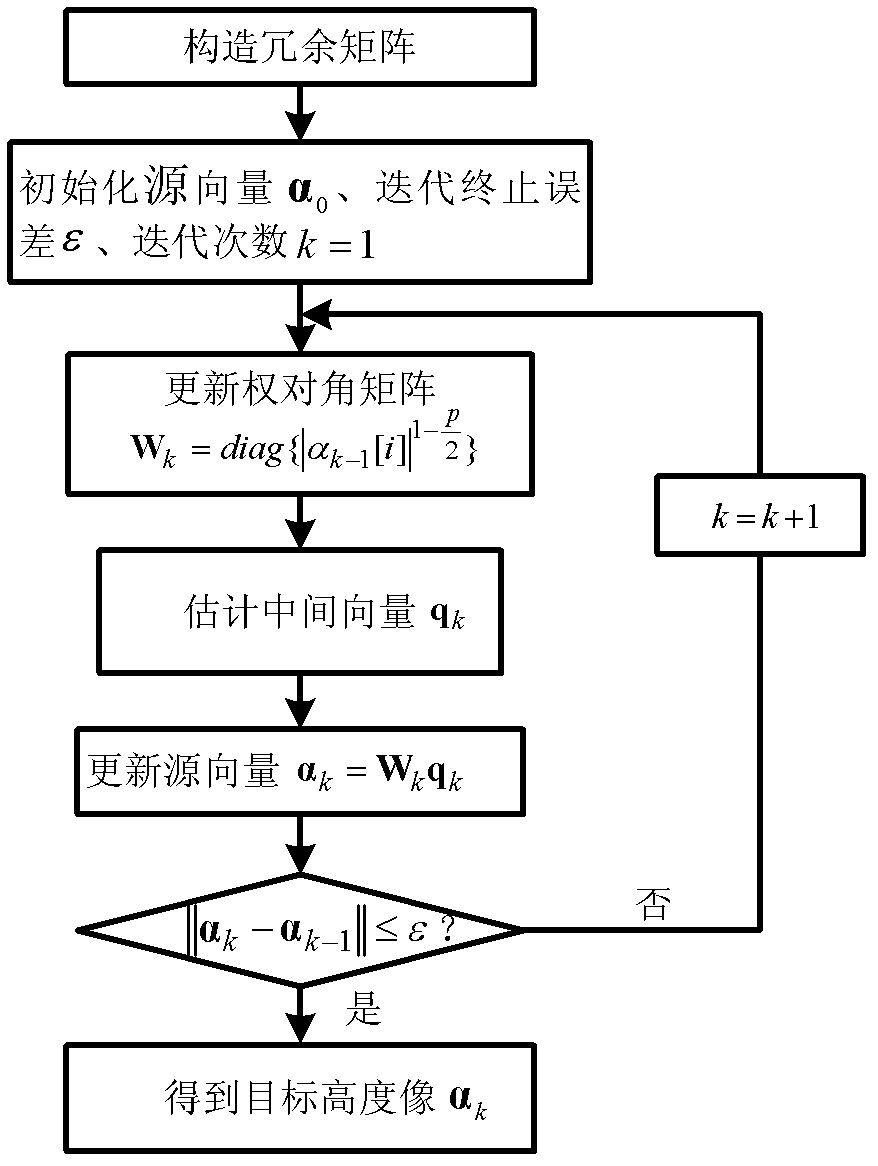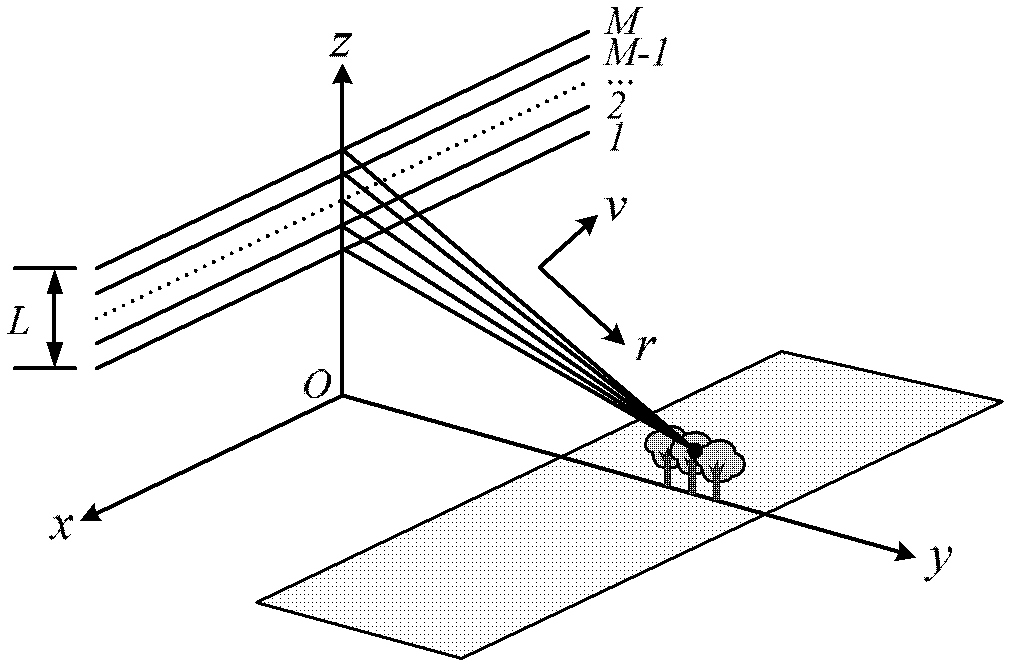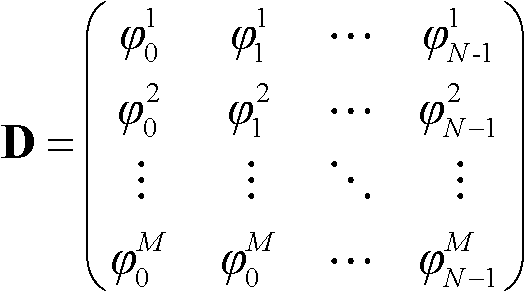SAR (synthetic aperture radar) tomography super-resolution imaging method
A super-resolution imaging and imaging technology, applied in the direction of radio wave reflection/re-radiation, using re-radiation, measuring devices, etc., can solve the problems of deterioration of imaging results, low resolution of height dimension, and small number of baselines, etc., and achieve reduction Cost and flight risk, the effect of expanding the scope of application
- Summary
- Abstract
- Description
- Claims
- Application Information
AI Technical Summary
Problems solved by technology
Method used
Image
Examples
Embodiment Construction
[0018] The present invention will be further described below in conjunction with the accompanying drawings and specific embodiments.
[0019] The SAR tomography super-resolution imaging method of the present invention, such as figure 1 shown, including the following steps:
[0020] Step 1: Perform registration processing on the two-dimensional imaging results obtained by each baseline of SAR tomography, construct the height direction signal pixel by pixel according to the baseline sequence, and perform frequency modulation correction to construct the redundancy matrix D:
[0021]
[0022] in, r 0 is the shortest distance between the radar track and the imaging target, v n =n·Δv is the height coordinate of the target imaging, Δv is the sampling interval in the height direction, z m is the height of the radar; λ represents the wavelength of the radar transmitting signal, M represents the number of baselines, and N is the number of sampling points in the height direction;...
PUM
 Login to View More
Login to View More Abstract
Description
Claims
Application Information
 Login to View More
Login to View More - R&D
- Intellectual Property
- Life Sciences
- Materials
- Tech Scout
- Unparalleled Data Quality
- Higher Quality Content
- 60% Fewer Hallucinations
Browse by: Latest US Patents, China's latest patents, Technical Efficacy Thesaurus, Application Domain, Technology Topic, Popular Technical Reports.
© 2025 PatSnap. All rights reserved.Legal|Privacy policy|Modern Slavery Act Transparency Statement|Sitemap|About US| Contact US: help@patsnap.com



